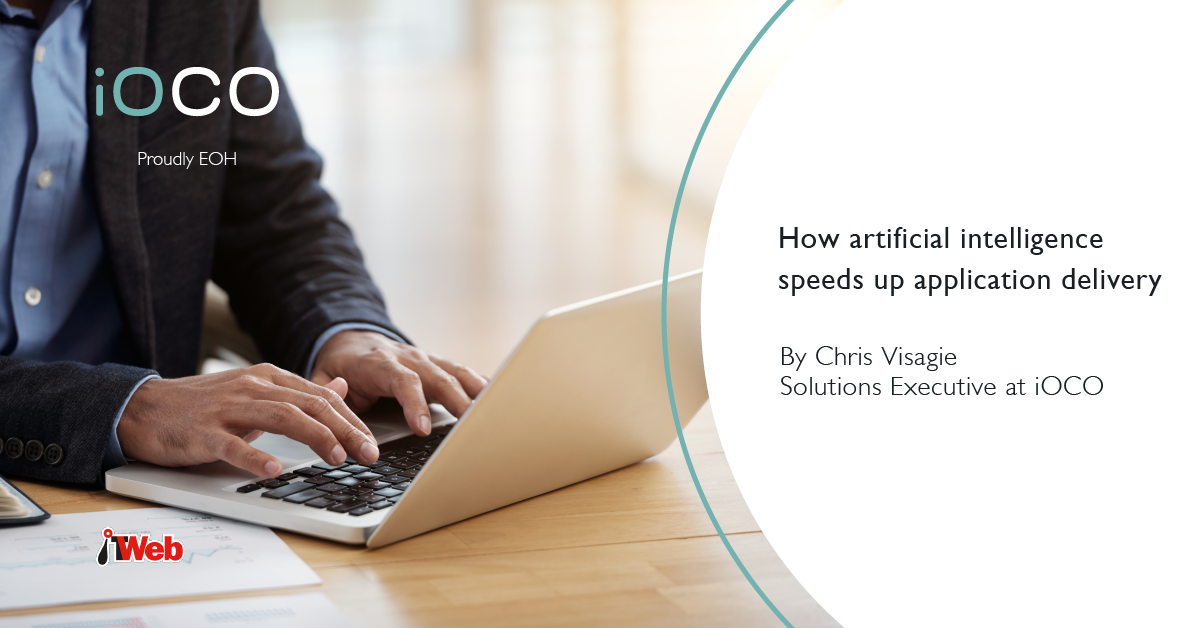We all interact with some form of artificial intelligence (AI) multiple times a day without even realising it. The applications of AI are too numerous to detail here but I will explain where it is significantly deployed and outline its value proposition.
Cyber security
As ransomware and cyber hacks grow in scale, sophistication and frequency, human-dependent cyber defences are no longer adequate. Traditionally, anti-malware applications were built with specific threats in mind. Virus signatures would be updated as new malware was identified.
But keeping up with the sheer number and diversity of threats eventually becomes a near impossible task. This outdated approach was reactive and dependent on the identification of a specific malware for it to be added to the next update. However, AI-based anti-spam, firewall, intrusion detection/prevention, and other cyber security systems go beyond the archaic rule-based strategy.
Real-time threat identification, analysis, mitigation and prevention are the name of the game. They deploy AI systems that detect malware traits and take remedial action even without the formal identification of the threat. AI cyber security systems rely on the continuous feed of data to recognise patterns and backtrack attacks. By feeding algorithms large volumes of information, these systems learn how to detect anomalies, monitor behaviour, respond to threats, adapt to attack and issue alerts.
Software test automation: AI’s true value proposition
Artificial intelligence accelerates and simplifies test creation, execution and maintenance through AI-powered intelligent test automation. AI-based machine learning and advanced optical character recognition (OCR) provide for advanced object recognition, and when combined with AI-based mock-up identification, AI-based recording, AI-based text matching and image-based automation, teams can reduce test creation time and test maintenance efforts, while at the same time boosting test coverage and resilience of testing assets.
Artificial intelligence accelerates and simplifies test creation, execution and maintenance through AI-powered intelligent test automation.
AI is revolutionising software test automation. AI-powered intelligent test automation achieves an extreme shift-left; ie, pushing testing towards the early stages of software development, through AI-infused test automation using mock-ups.
By testing early and often, a project can reduce the number of bugs and increase the quality of software code. This is where AI adds immense value within the application development space and in so doing enhances quality and speeds up delivery. It facilitates earlier and faster testing with functional testing solutions. It combines extensive technology support through AI-driven capabilities delivering the speed and resilience that supports rapid application changes within a continuous delivery pipeline.
Using AI in service management
Both IT and business face the challenges of too many manual, error-prone workflows, an ever-increasing volume of requests, employees dissatisfied with the level and quality of service, and more. AI and machine learning technologies can take service management to the next level, through a range of competencies, including:
- Smart search capabilities that enable employees to find answers easily and quickly.
- Virtual agents or bots that can perform tasks using natural language processing.
- Intelligent analytics enable workflow optimisation and automation.
- Metrics from unstructured data − for example, user surveys − can be gathered and analysed more efficiently.
This introduces automation in support of service management, and probably the most well-known component of robotic process automation (RPA), which uses software robots that mimic screen-based human actions to perform repetitive tasks and extend automation to interfaces with difficult or no application programming interfaces.
That’s why RPA is perfect for automating processes typically completed by humans or that require human intervention. Resilient robots adapt to screen changes and keep processes flowing when change happens.
When powered by AI-based machine learning, RPA robots identify screen objects – even ones they haven’t seen before – and emulate human intuition to determine their functions. They use OCR to read text; for example, text boxes and links and computer vision to read visual elements, such as shopping cart icons and login buttons.
When a screen object changes, robots adapt. Machine learning drives them to continuously improve how they see and interact with screen objects – just like a human would.
There are many ways you can leverage AI for your business to stay competitive, drive growth and unlock value. Nevertheless, organisations don’t possess infinite resources and must prioritise. Begin by defining the organisation’s strategic objectives. From that point, assess the possible applications of AI against these objectives. Choose the AI technology that is bound to deliver the biggest impact for the business.
Deloitte confirms that AI has entered an age of machine learning, and the future of AI development will depend on the integration of key technologies and industries. It notes AI is reshaping various industries, including driving the financial industry sector to build broader high-performing ecosystems with enhanced business efficiencies.
In education, the application of AI is said to further deepen; digital government is mainly driven from top down to achieve global government’s digitalisation goals; the auto industry is dominated by autonomous driving, and this will see a transformation of its industry chain.
The potential of AI application in manufacturing has been underestimated, and quality data resources are not fully utilised. In retail, application scenarios are reported to have developed from separation to convergence, with traditional retailers partnering with start-ups to build scenarios around humans, goods, stores and supply chains. AI applications in the healthcare sector continue to grow rapidly.
The bottom line
The world is growing more AI-dependent. So, it’s no longer about whether to adopt AI but rather when.
Organisations tapping into AI ahead of their peers could gain significant competitive advantage. Developing and pursuing a well-defined AI strategy is where it all begins; however, be aware that it may take a bit of experimenting before you discover what will work for you.



